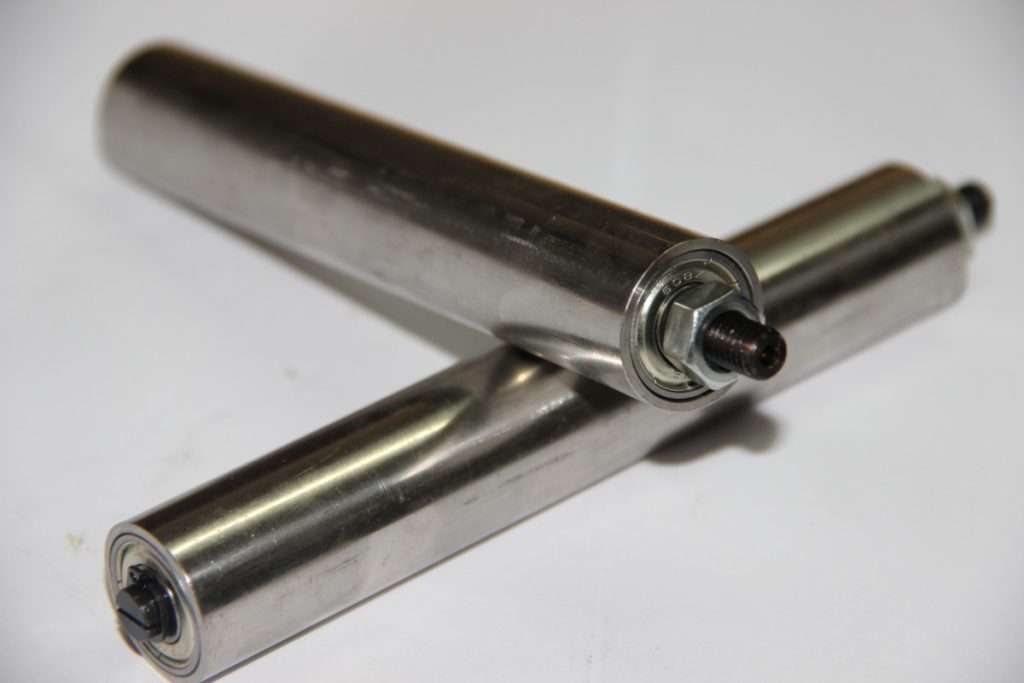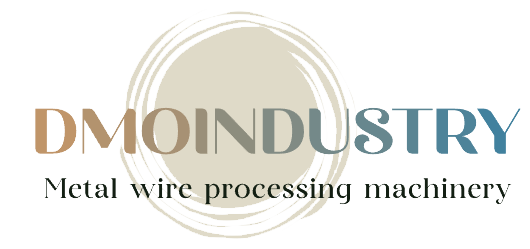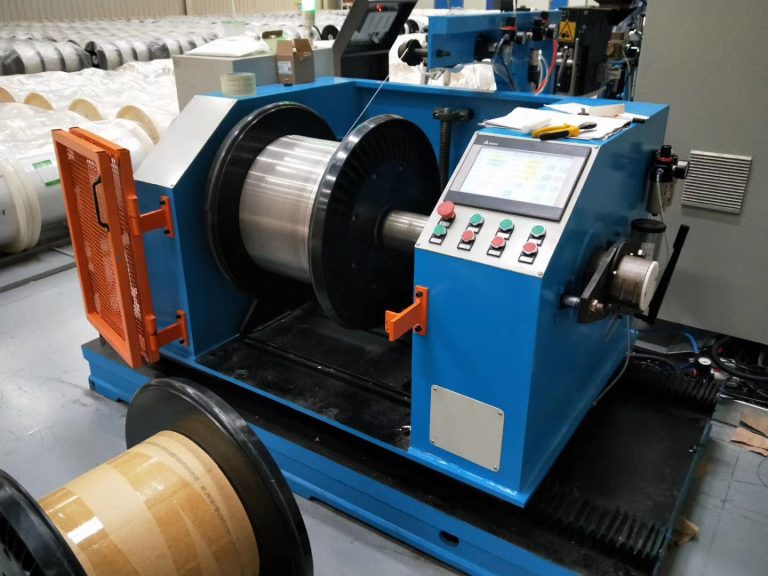Basic Info.
Type:
Transmission
Material:
Aluminium Alloy
Application:
– Winding
– Drives
– Surface treatment
– Measuring and testing
– Materials handling
– Packaging – Converting
– Type manufacture
– Feeds
– Positioning drives
– Power amplifiers (servo functions)
– Traverse drives for speeds up to 4.2 m/sec.
– Drives for synchronous cutting machines
– Sequential feed drives
– Special machines
Transport Package:
Wooden Box or Carton

Rolling-ring drives hold several advantages when used in appropriate applications. These include:
- Long lifespan (10 years or more) when load is properly supported and coupled to the drive unit.
- Automatic reciprocating linear motion without complex controls.
- Variable traversing speeds ranging from 0 to 4.2 m/sec. Speeds can also be separately set for each direction, even though shaft-rotation speed is constant.
- Variable traverse length and position.
- Near-instantaneous, automatic reversal without changing drive-motor direction.
- Low operating and maintenance costs.
Product Principle:
rolling ring Linear drives are friction drives which convert the constant rotary movement of a plain shaft into a traversing movement. They operate like nuts on a screw rod but have a pitch – either right-handed or left-handed – that can be precisely adjusted and can equal zero. This effect is achieved by using pivoted Uhing® rolling rings that are mounted on roller bearings and have a specially shaped running surface which is pressed against the rotating shaft. A roller lever capable of making contact with cams arranged along the stroke path makes it possible to implement even complicated patters of motion.






